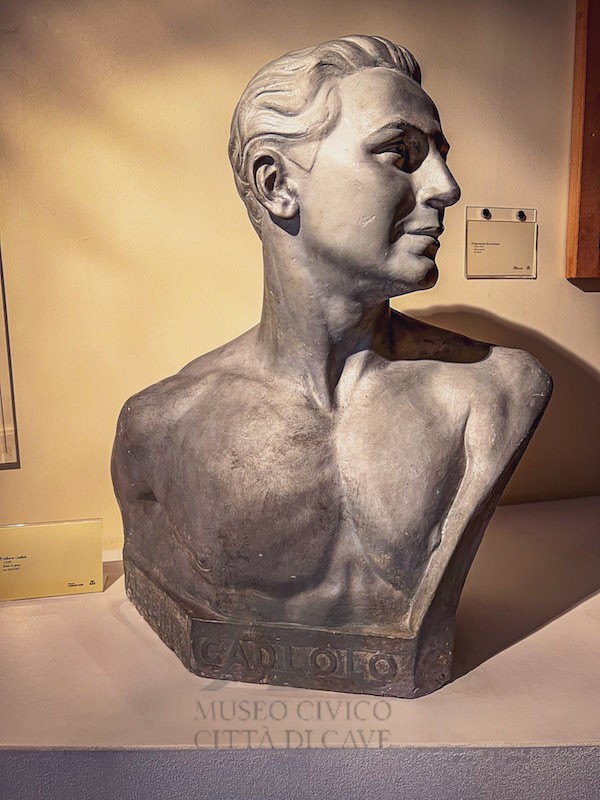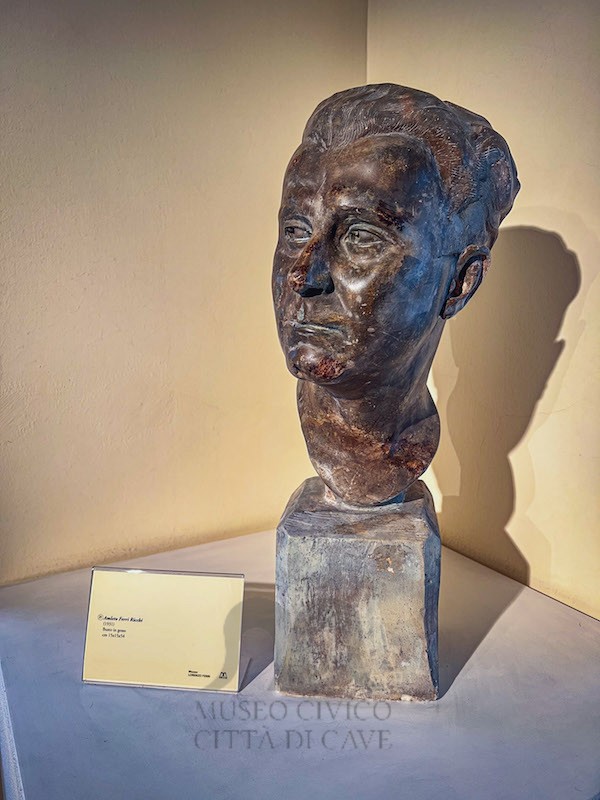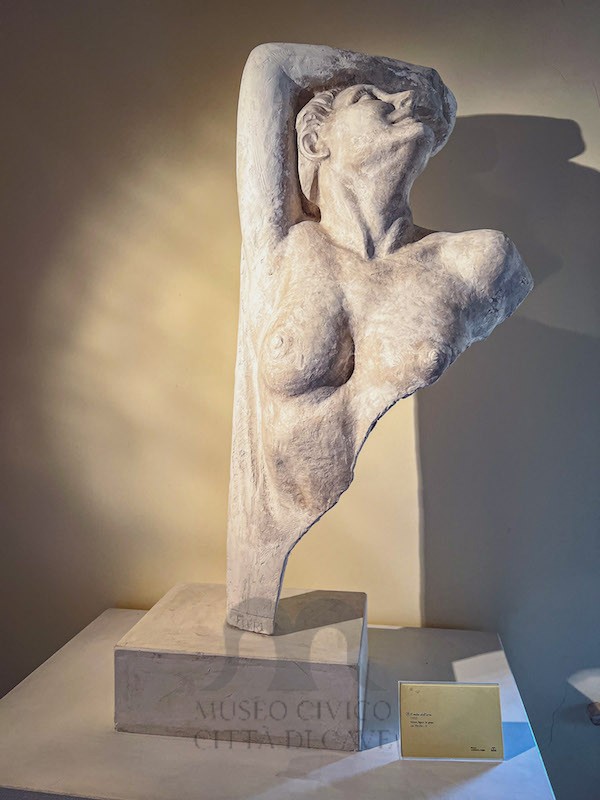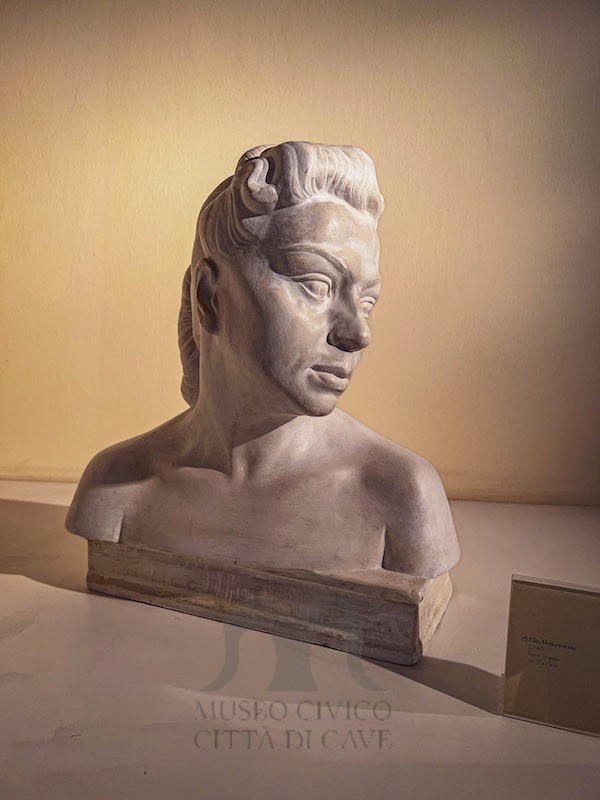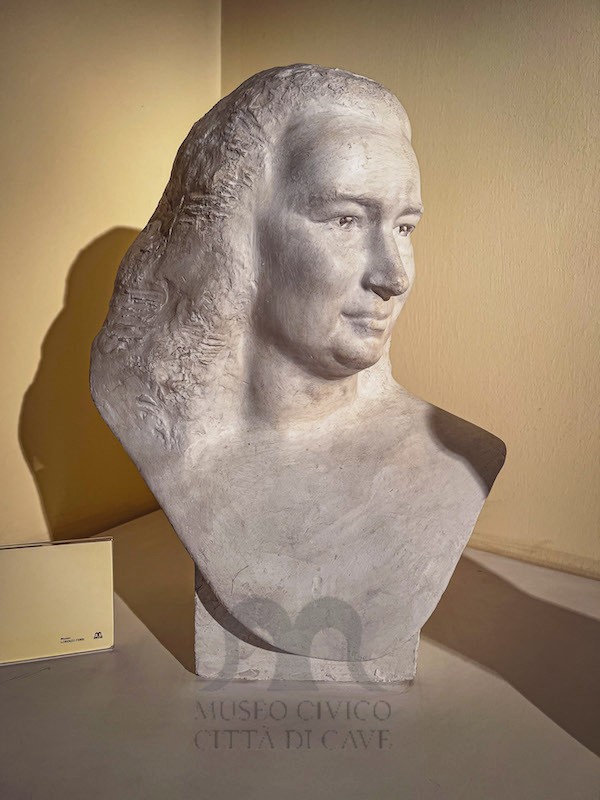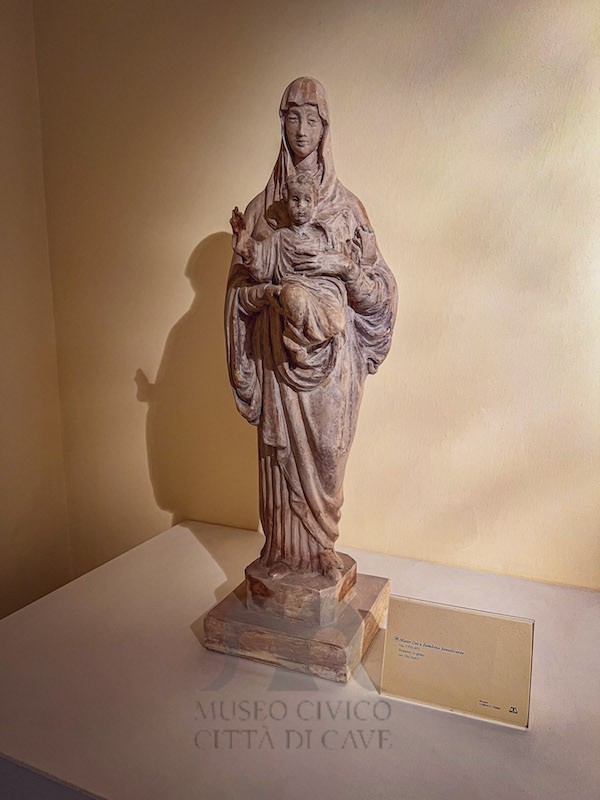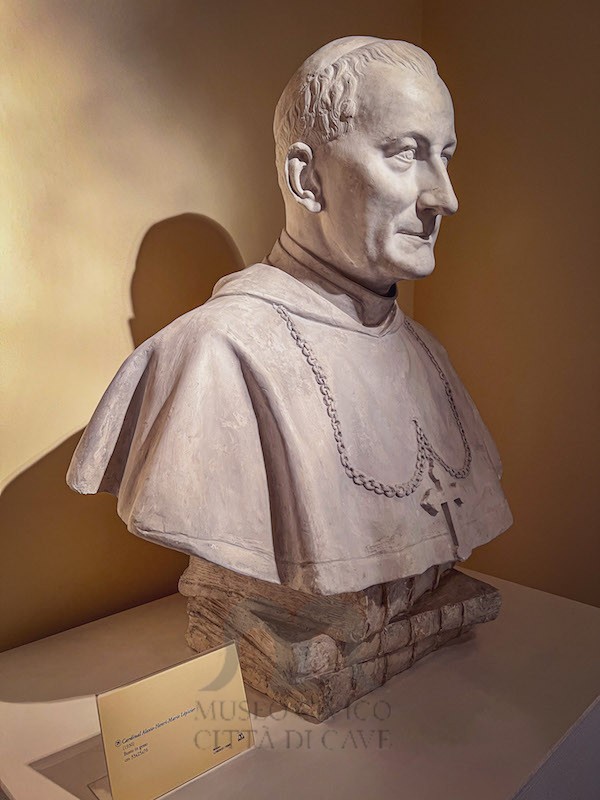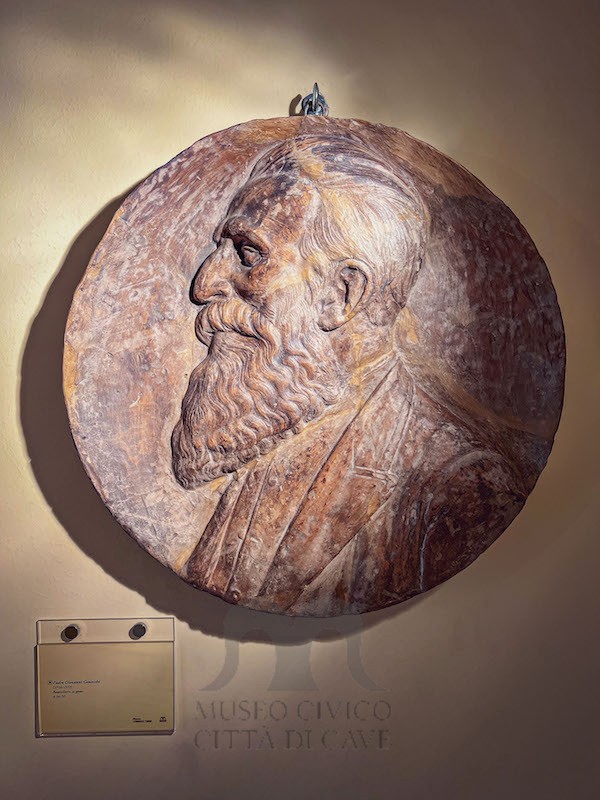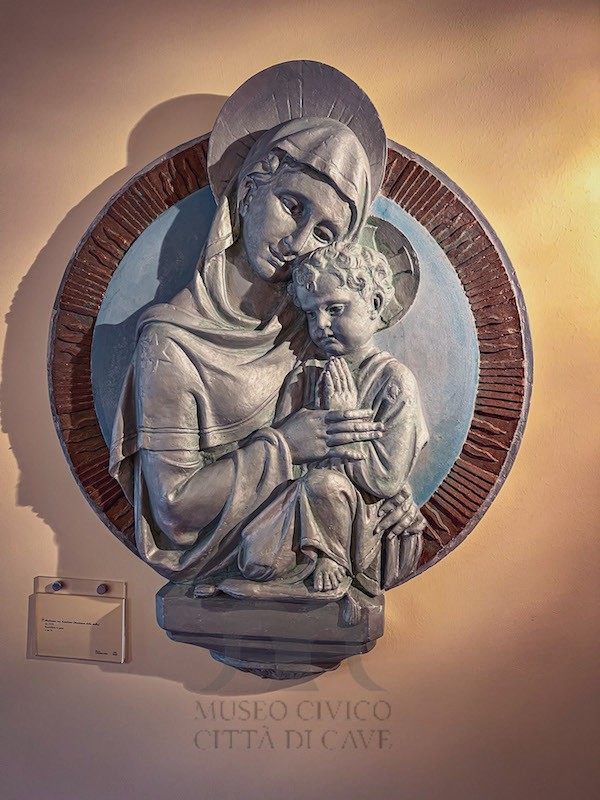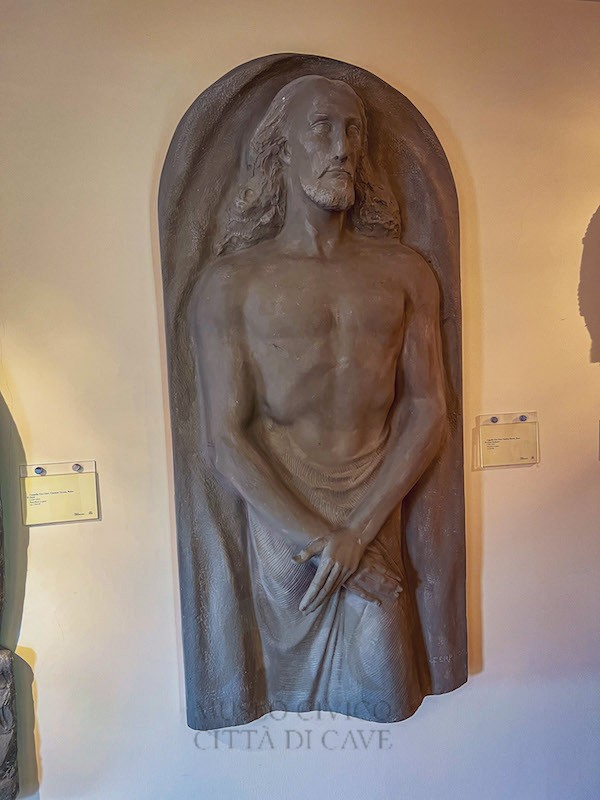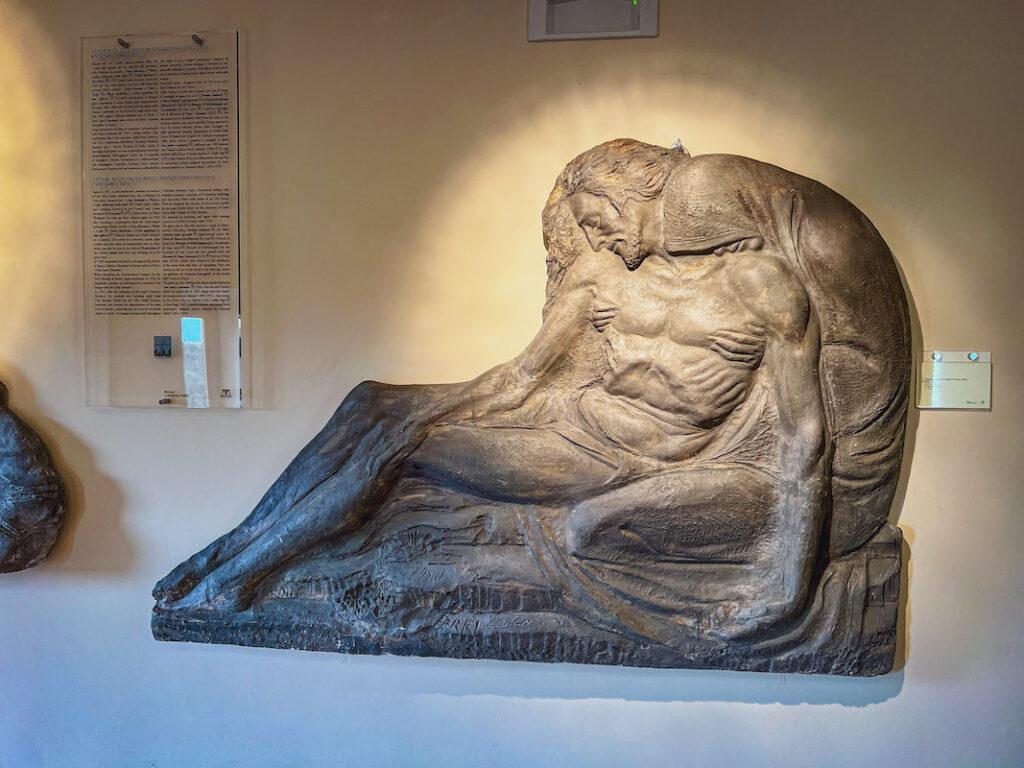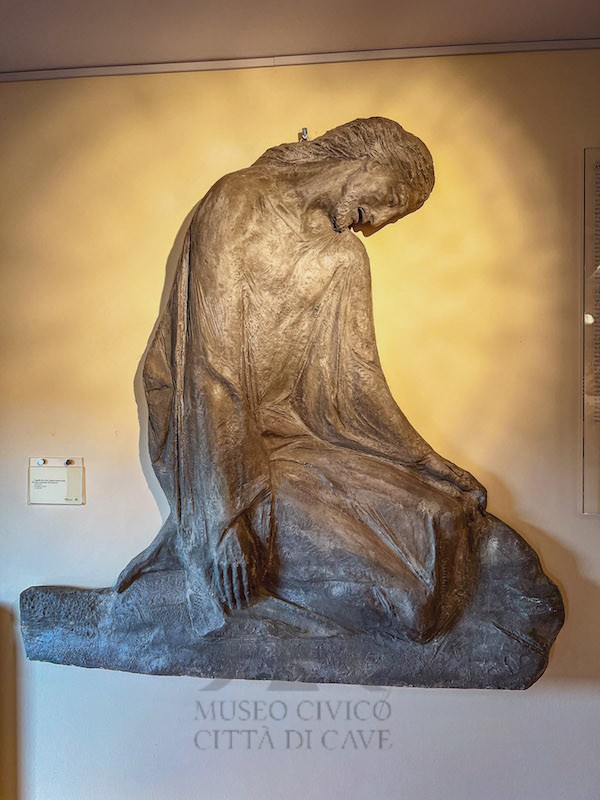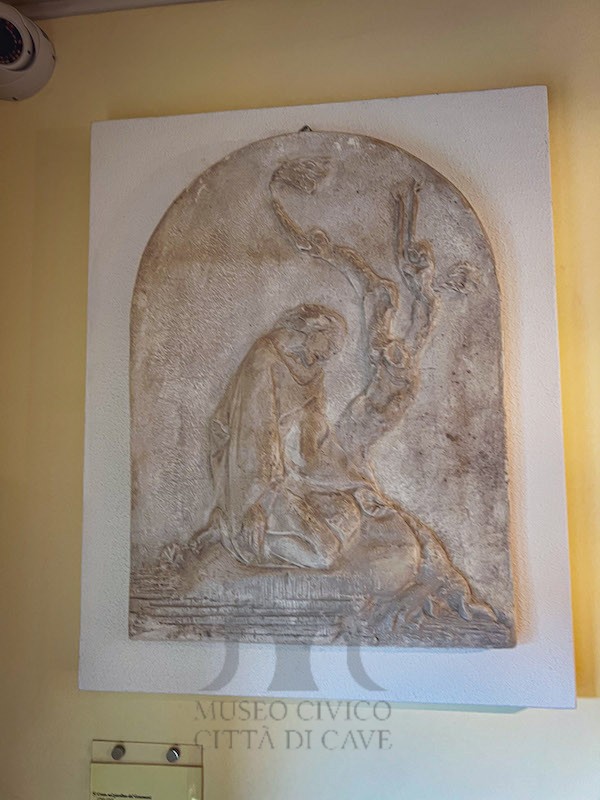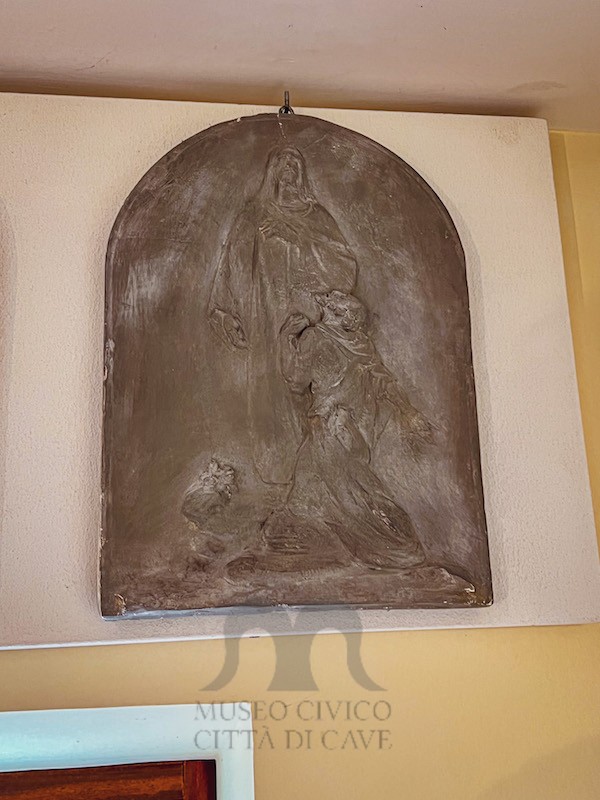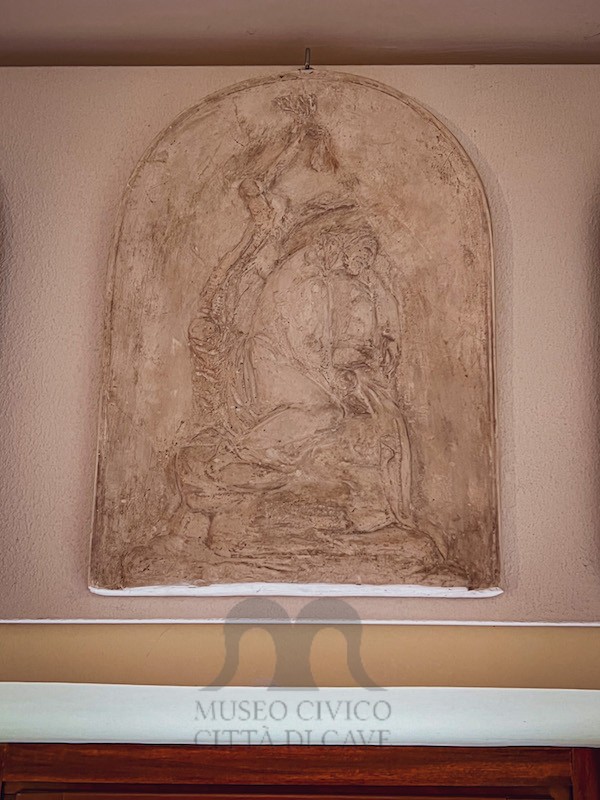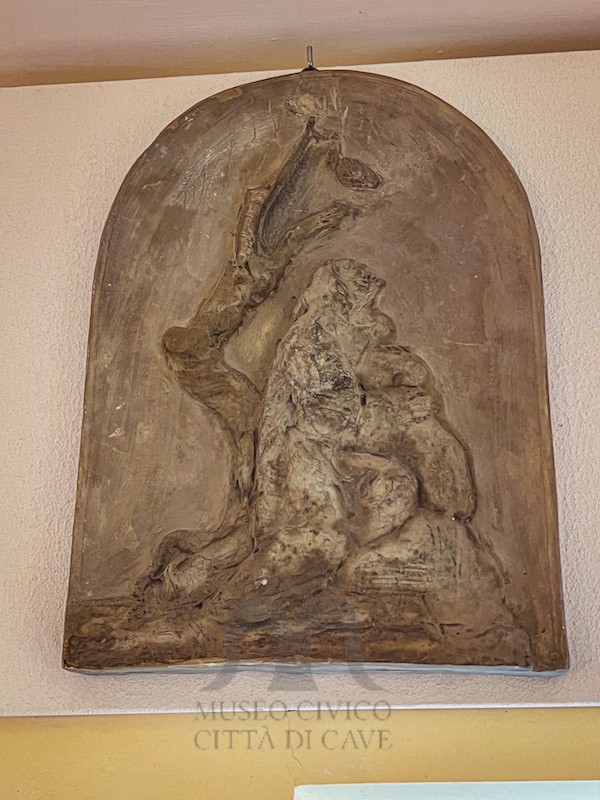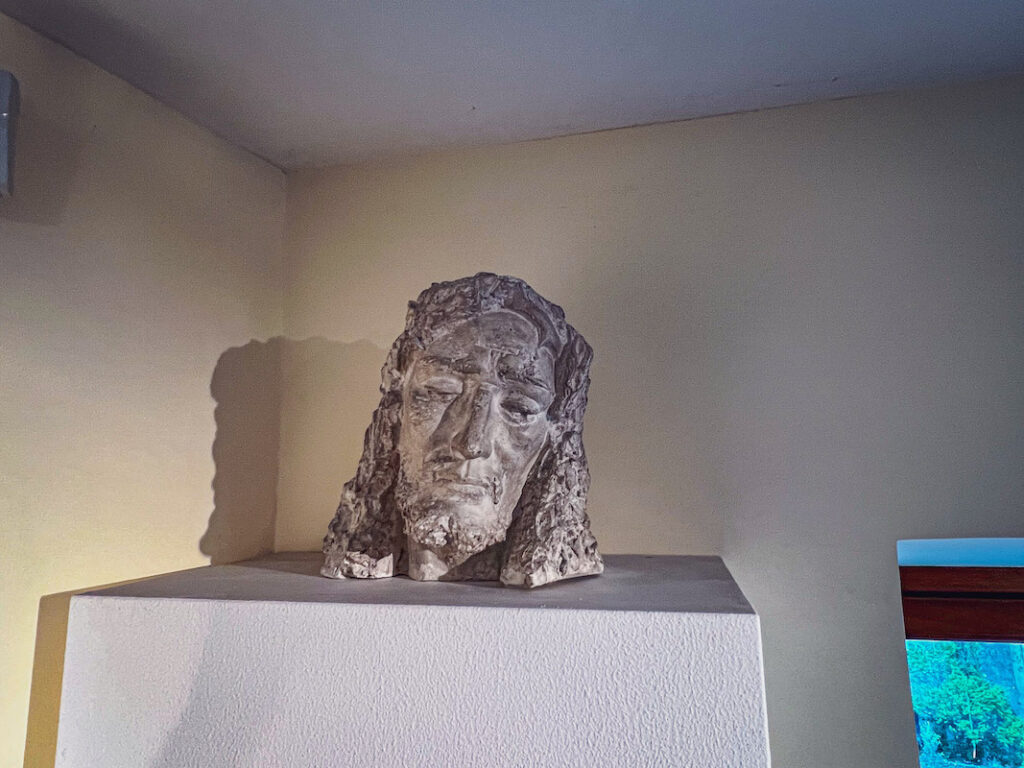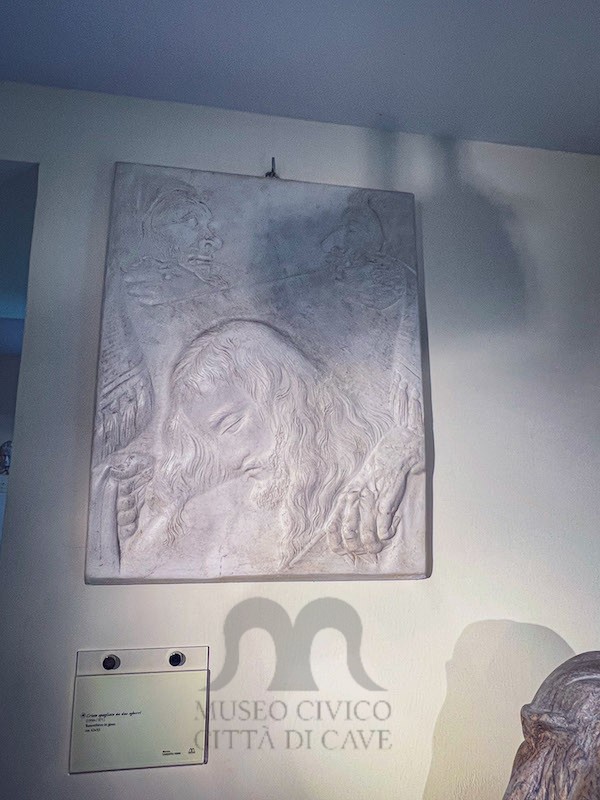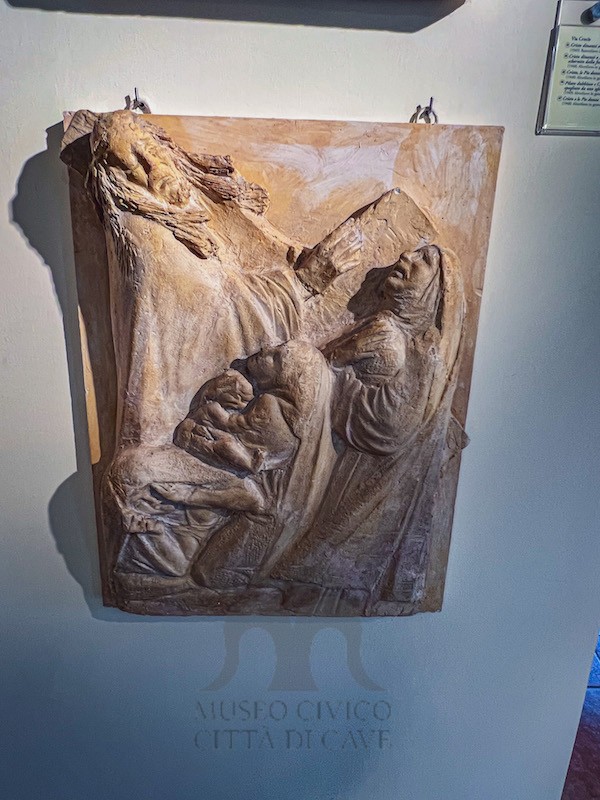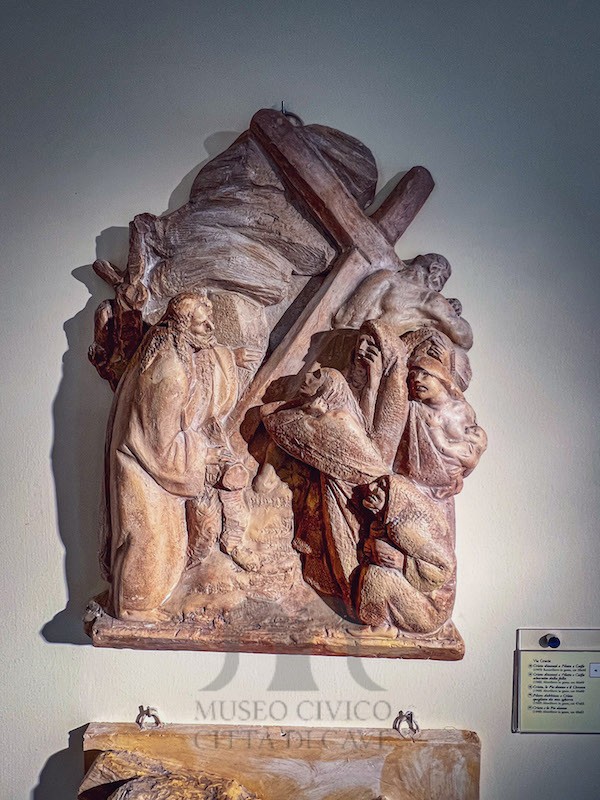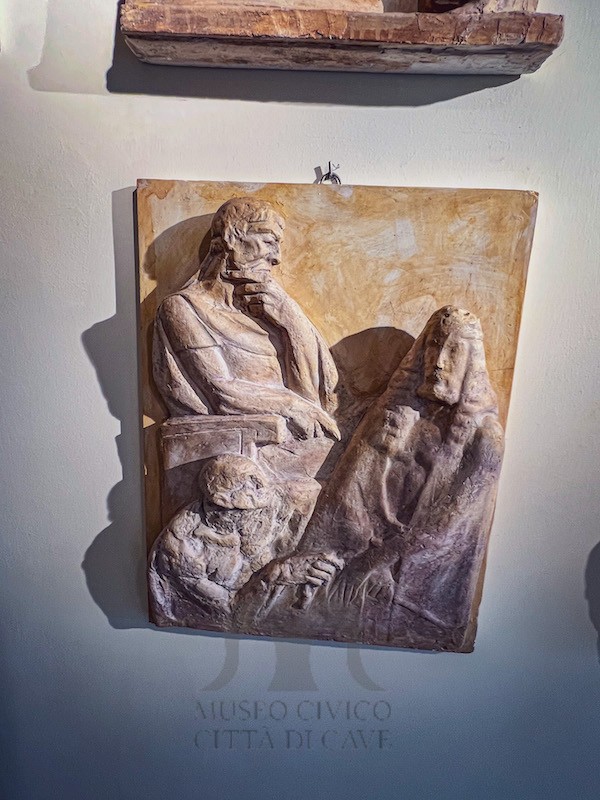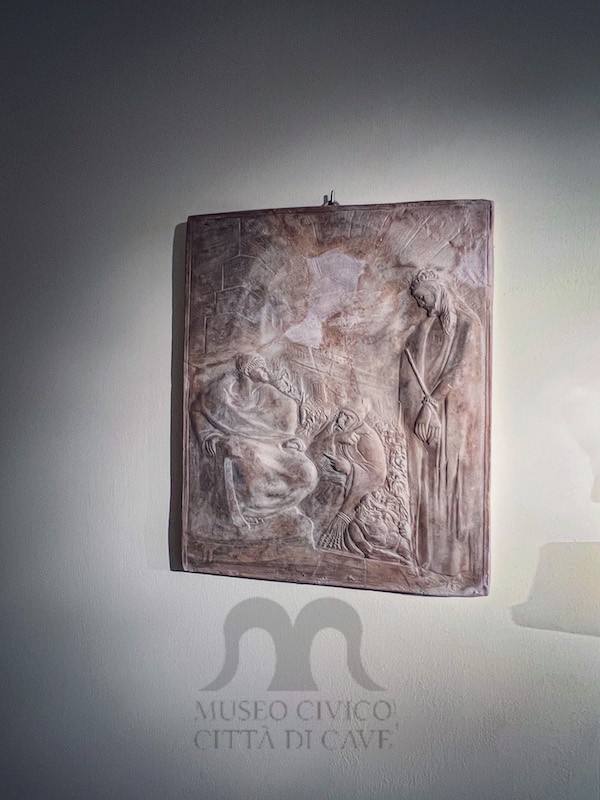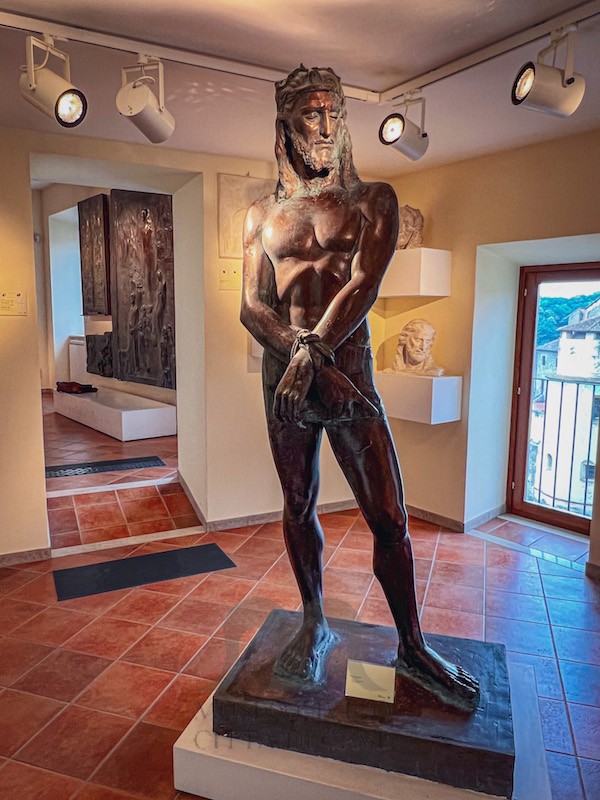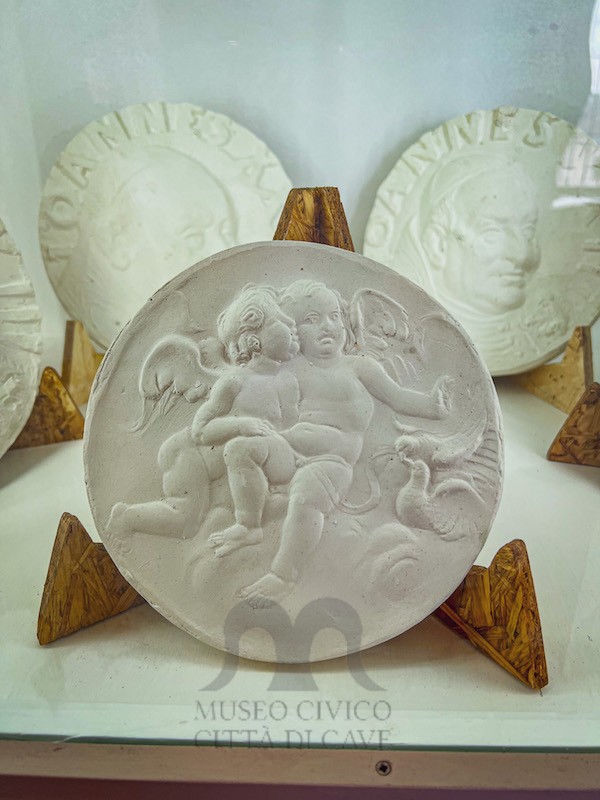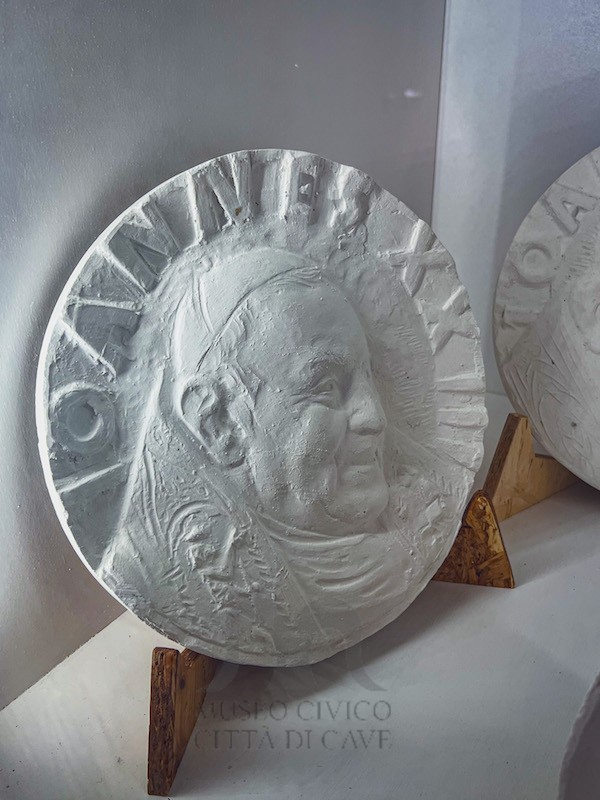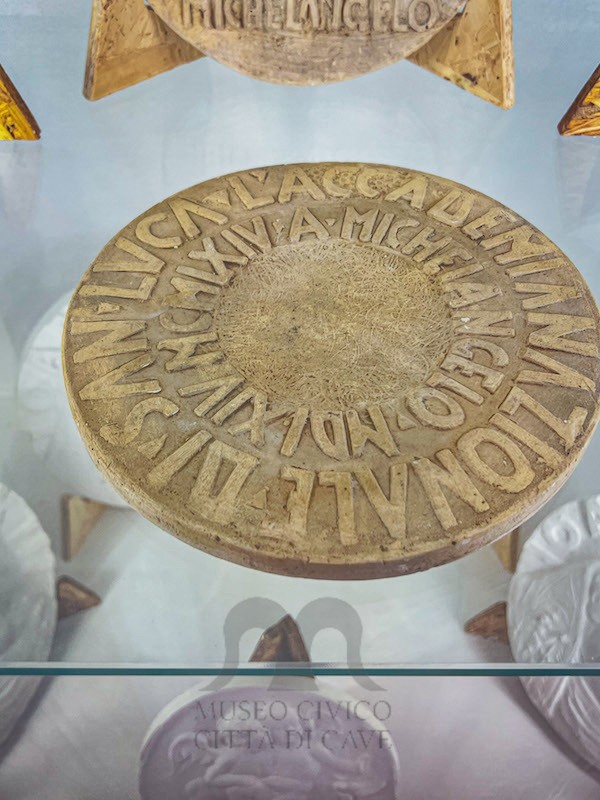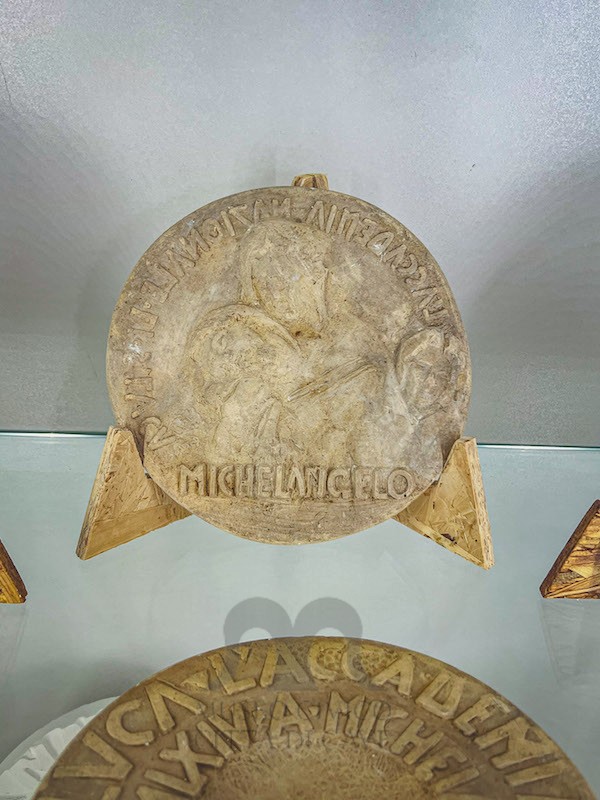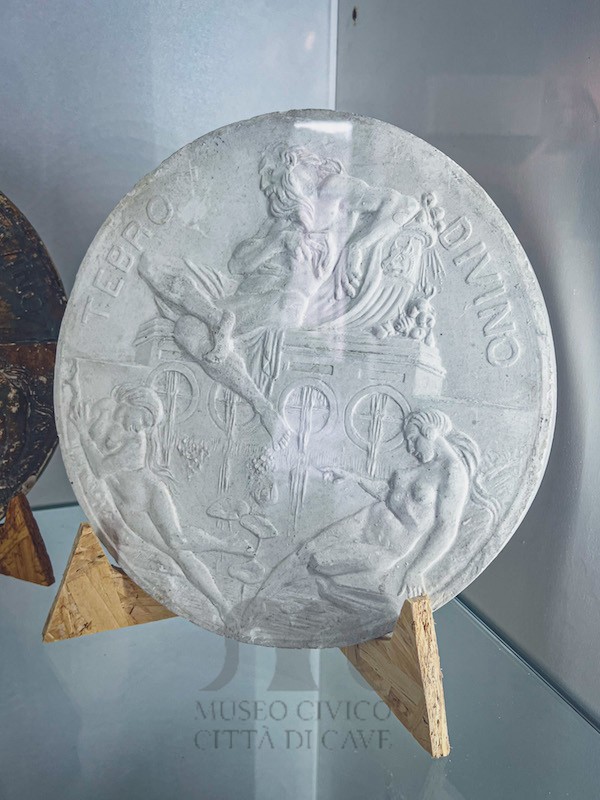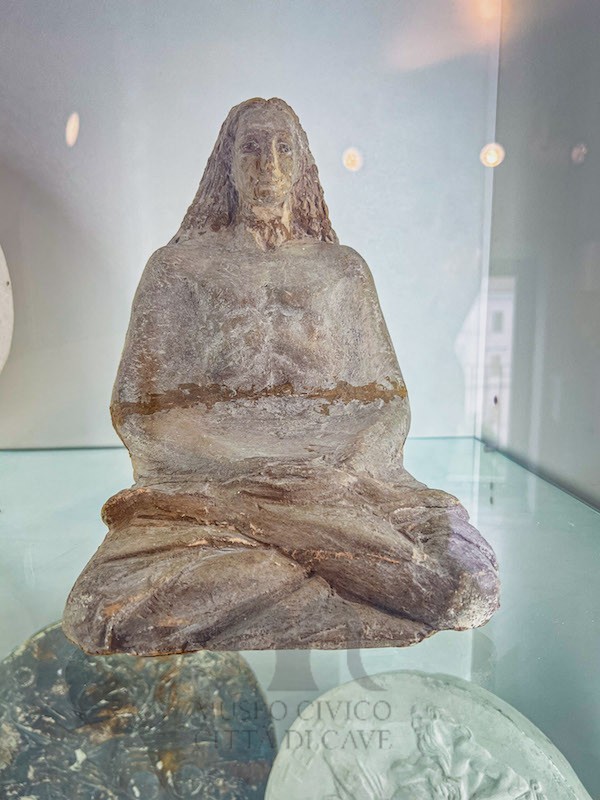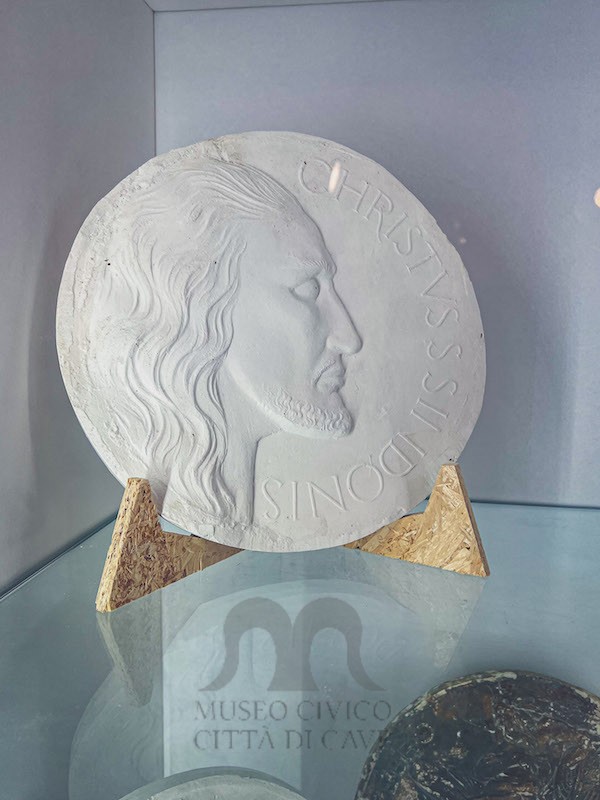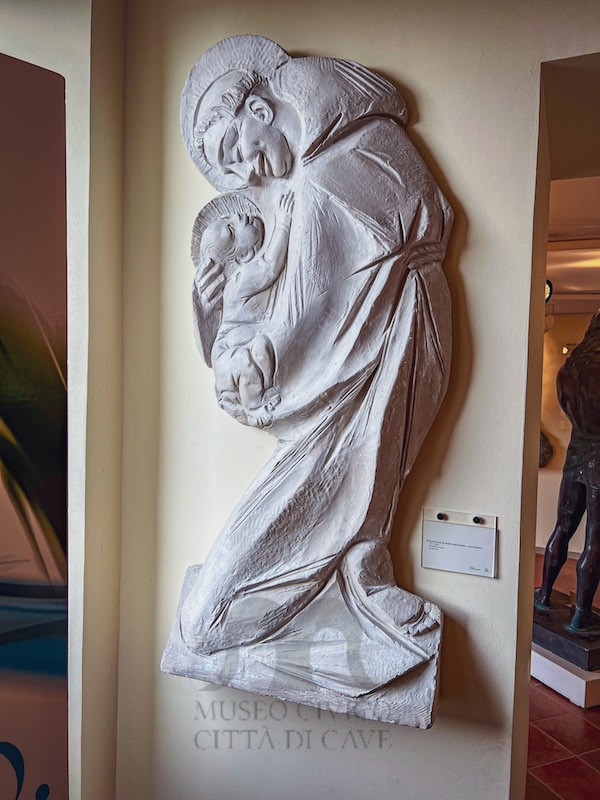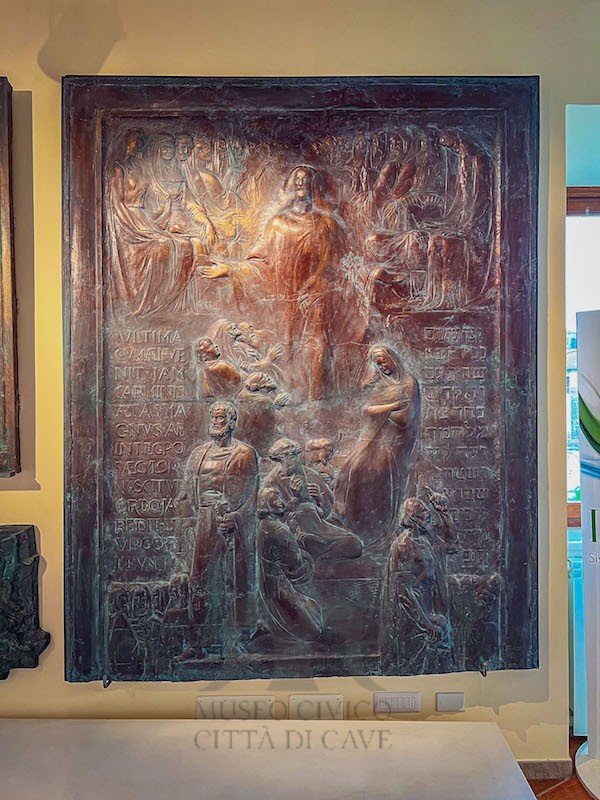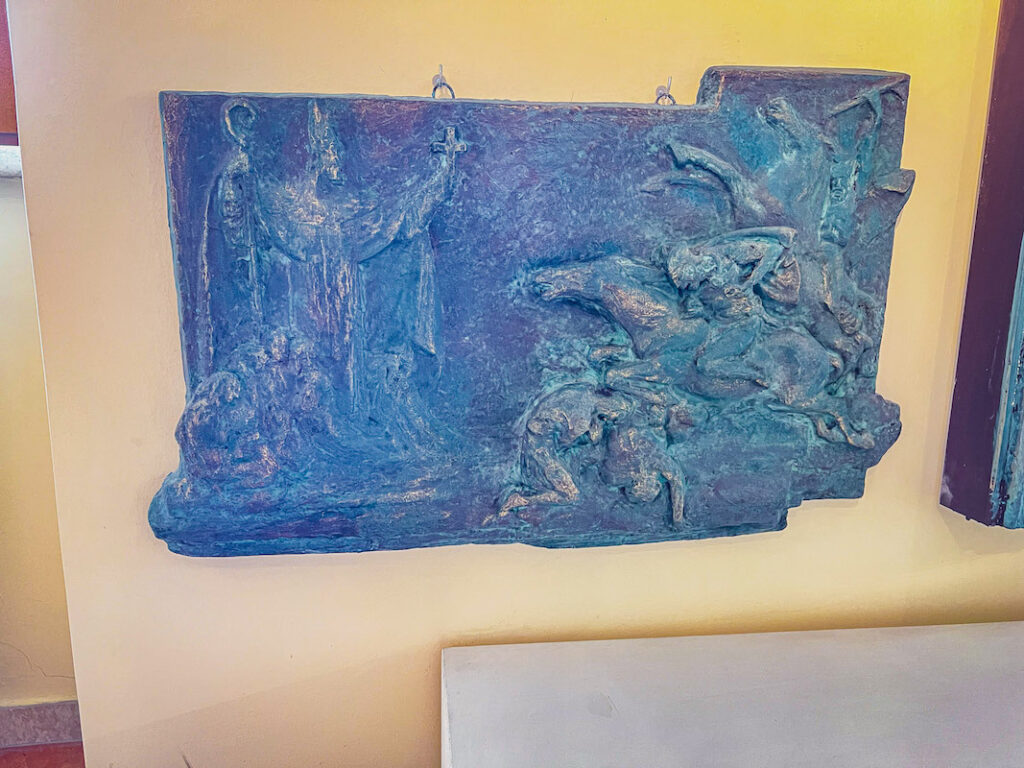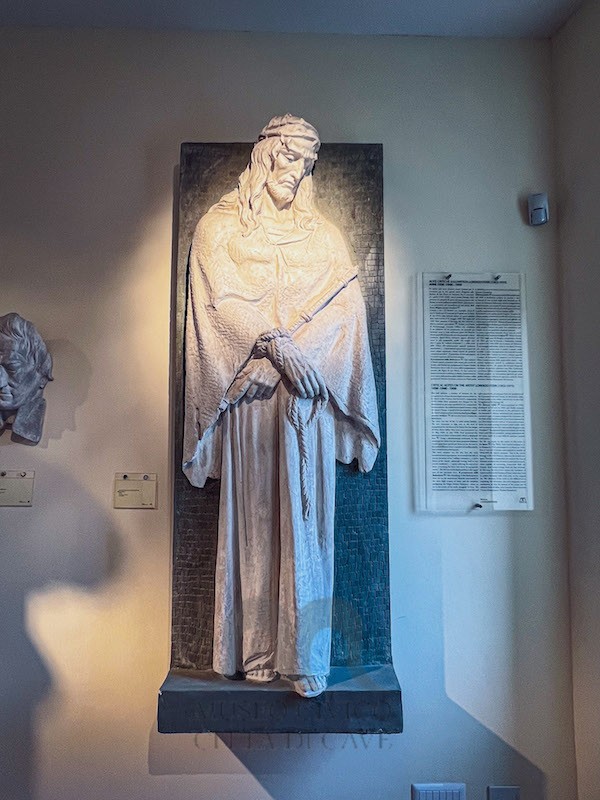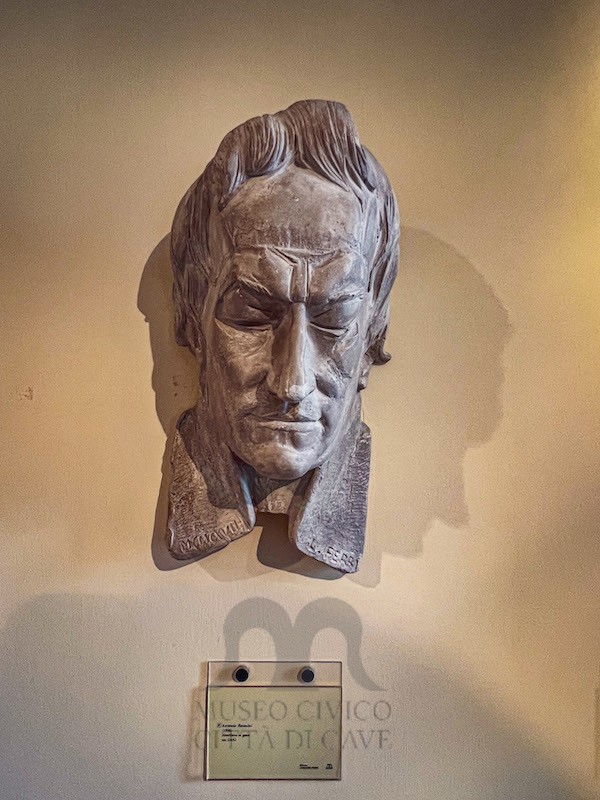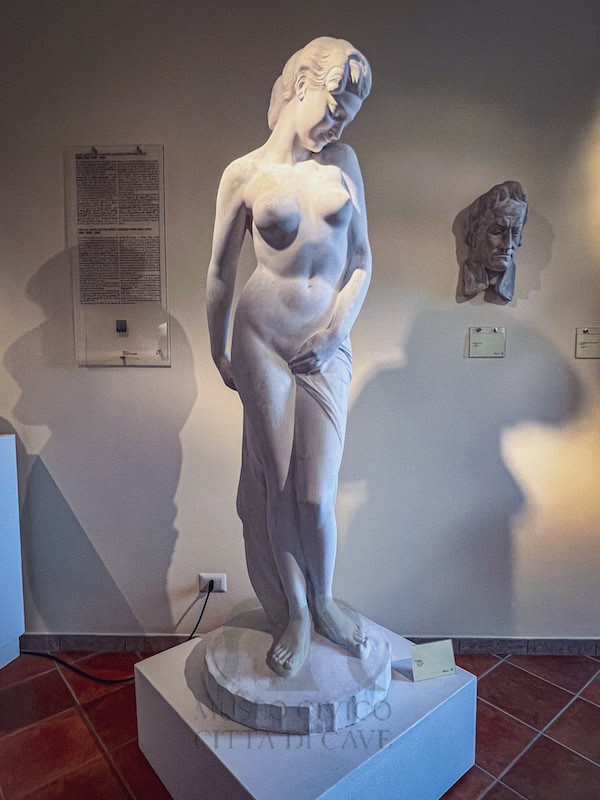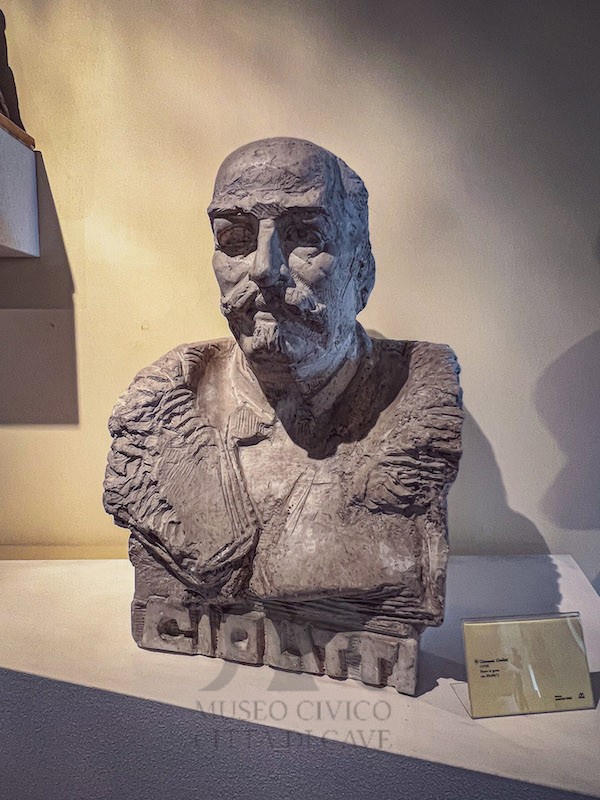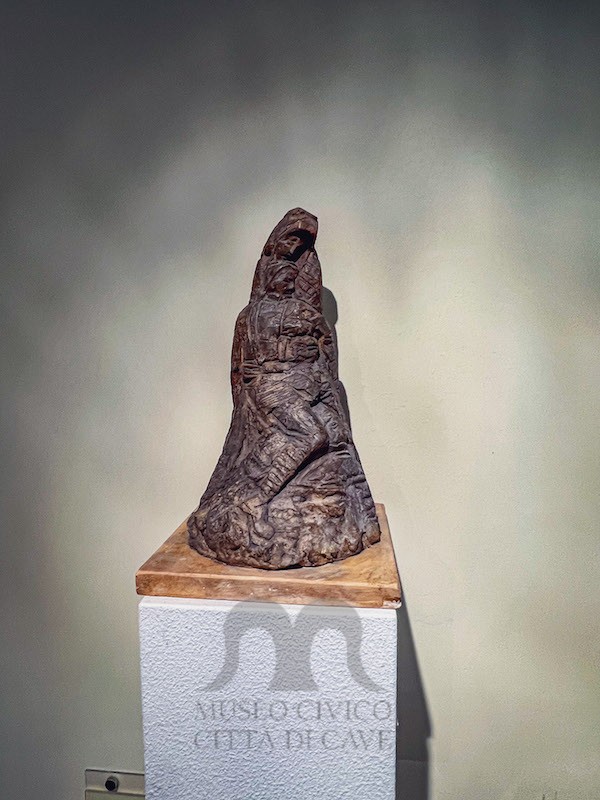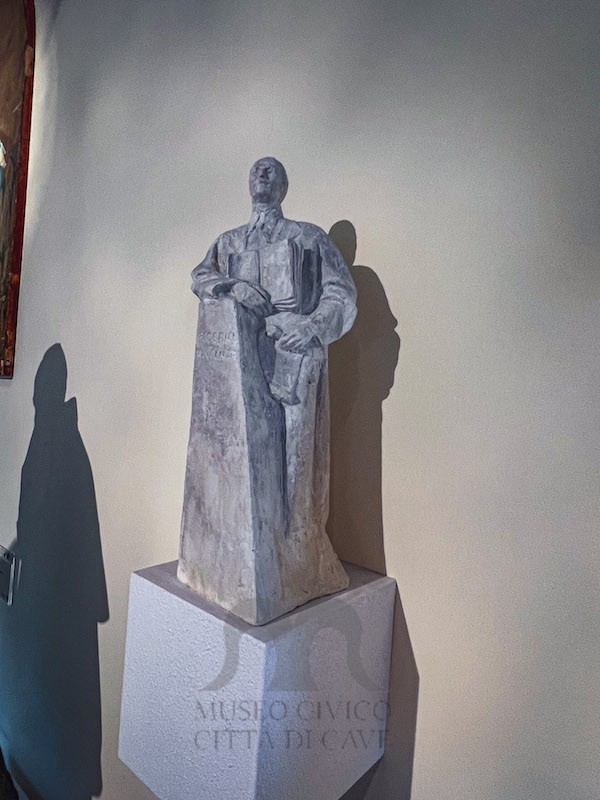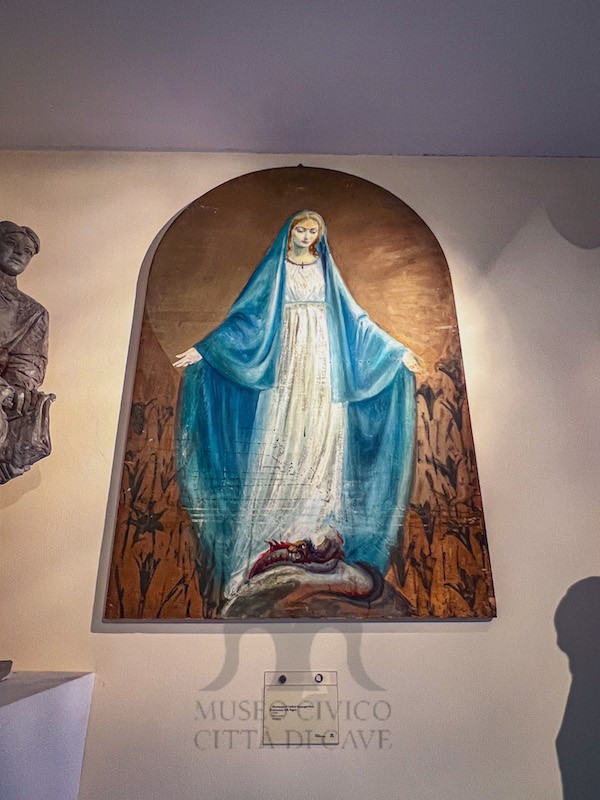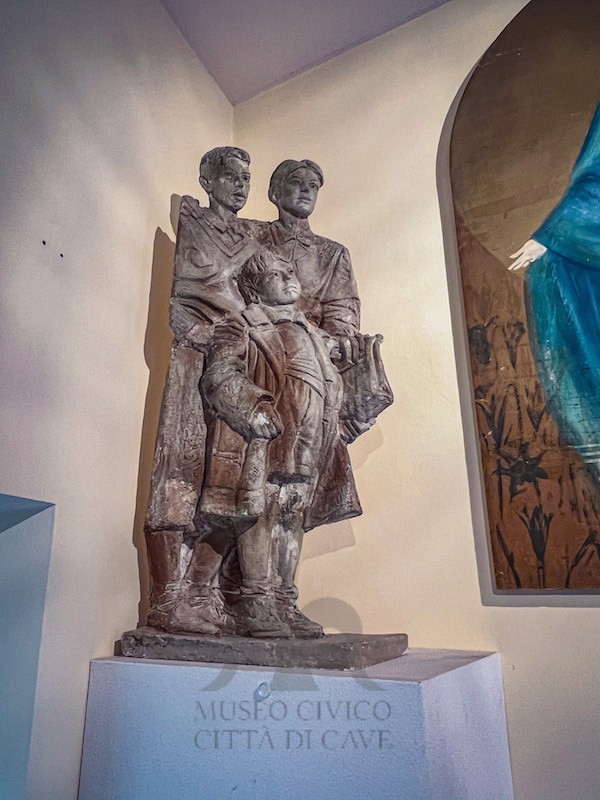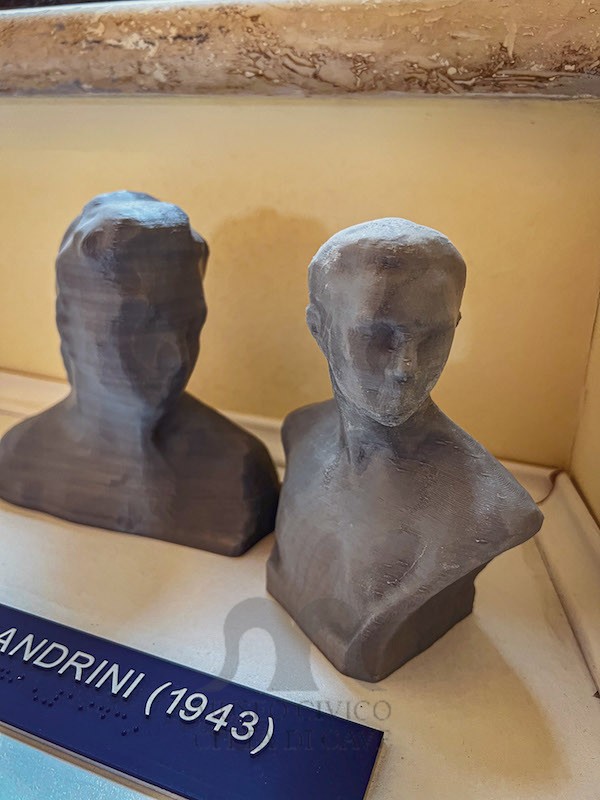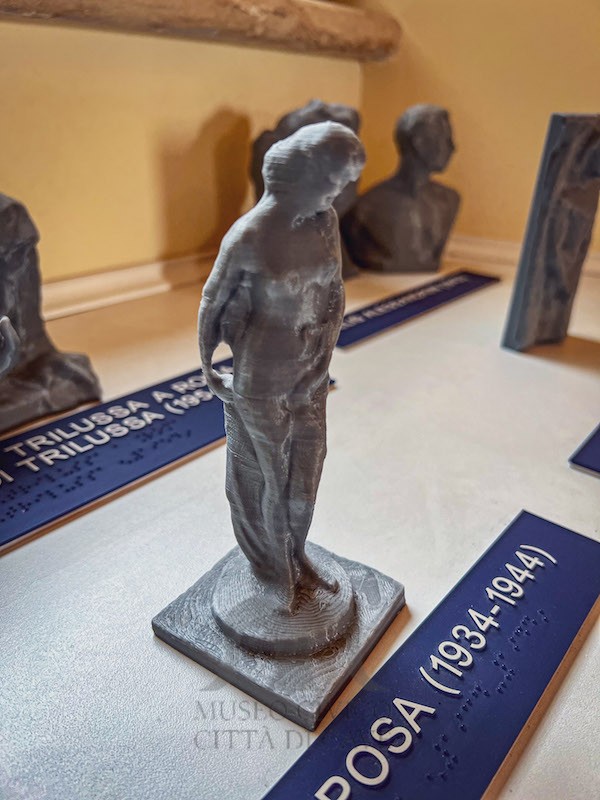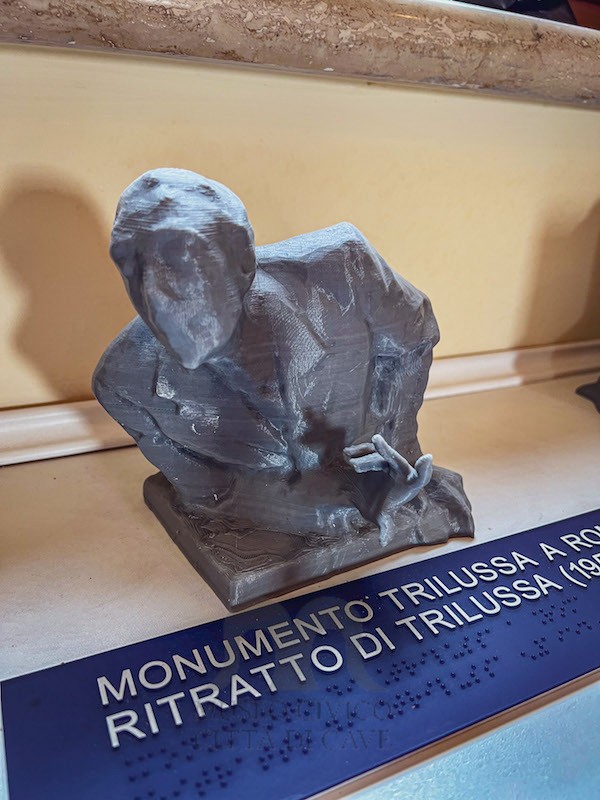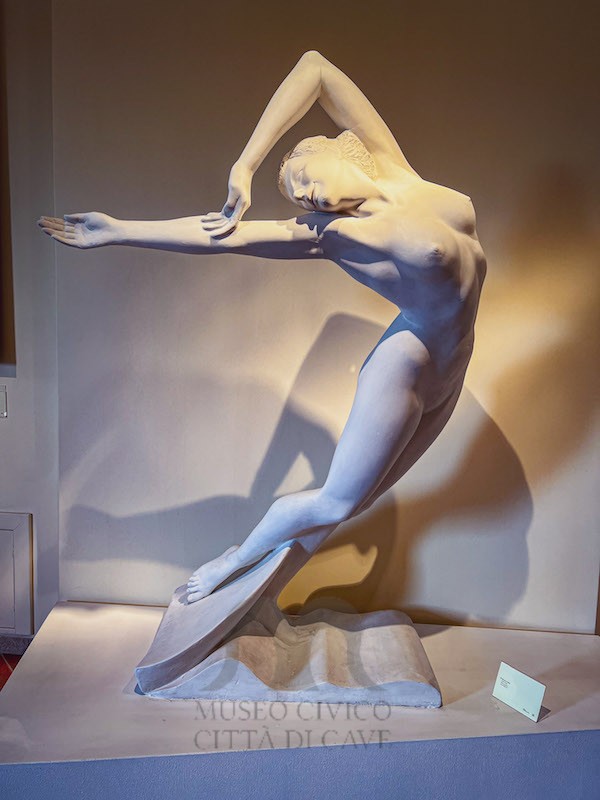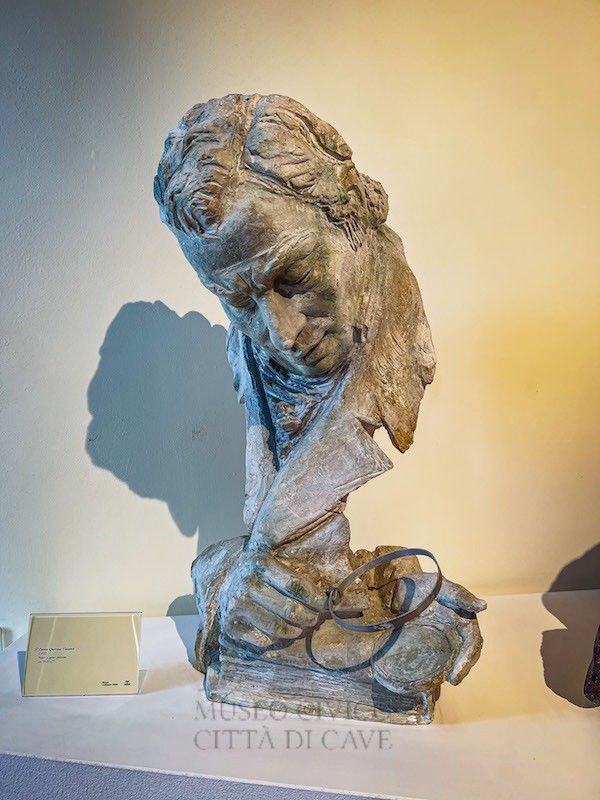Among the works from 1930 to 1950, one of the most particular is “Il Volto dell’Arte” (1933), an unfinished female figure. Through his own imagination, the viewer can complete it; art is for everyone; so each person can interpret it differently. The figure gazes towards the future; indeed, art transcends time. However, the reference is to the art of the period, in which the form of the body was preferred to be interrupted, truncated. In the center of another room is “Ecce Rex Vester” (Latin for “Behold Your King”), created in 1933 for the international exhibition of sacred art. It is important to notice the anatomical research of the face of Christ, studied on the Holy Shroud, and the choice of the moment: exposed, whipped, humiliated, and mocked, to which a heroic significance cannot be denied.
The artist dedicated many years to two female statues, inspired by his wife: The “Sposa” (1934) and the “Estremo Addio” (1936), later cast in bronze and marble for the museum in Jakarta.
Several busts depict famous people:
- Antonio Rosmini;
- Giovanni Giolitti;
- Carlo Petrocchi;
- Luciano Manara;
- Ennio Quirino Visconti.
The last work, but no less important, is “Trilussa,” his masterpiece from 1954. The bronze sculpture is located in Piazza Trilussa in Trastevere. The artist never met the poet in person; he relied on photos and descriptions provided by the poet’s governess-muse, Rosa Tomei. Through her testimony, he was able to capture the most intimate essence of Trilussa’s character.
